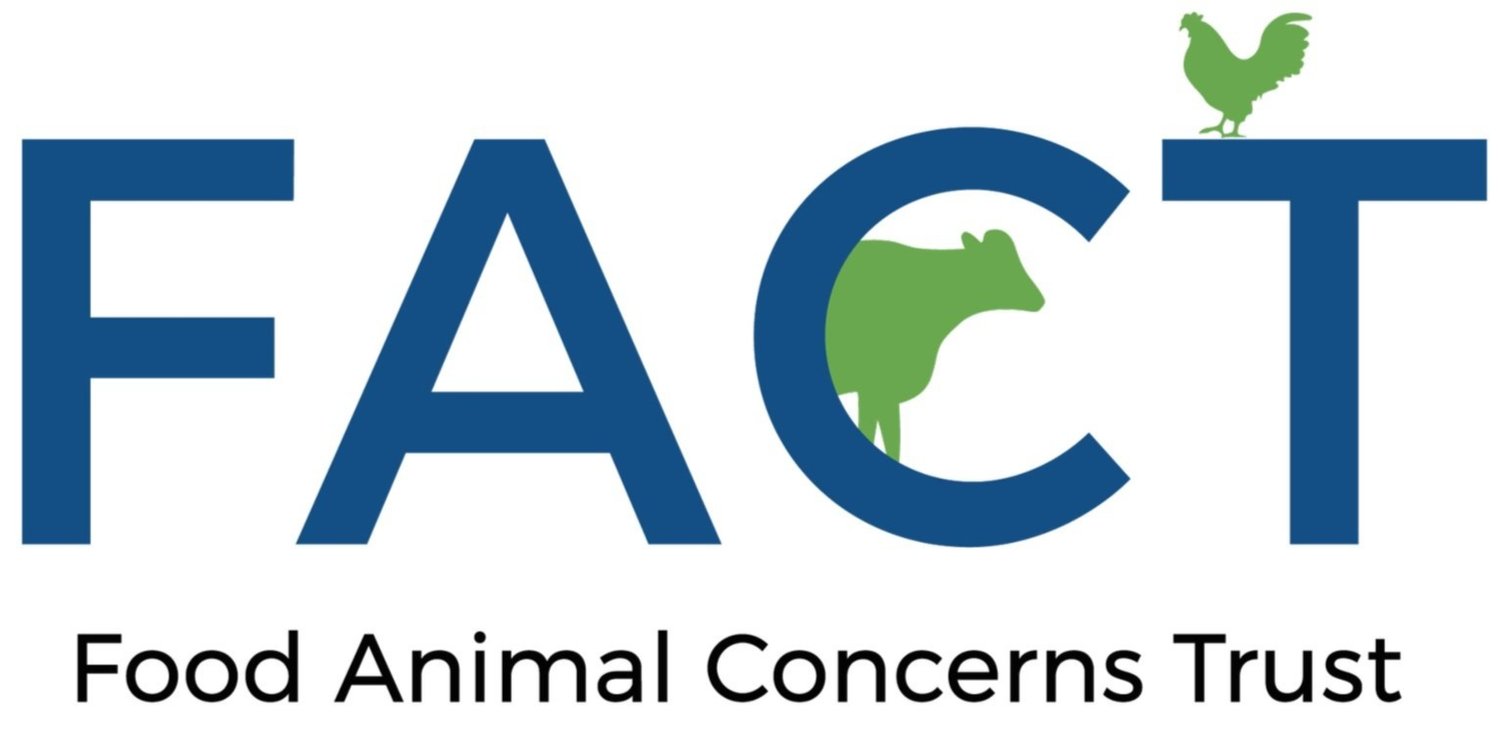Profiles in Conservation: Hiddendale Farm
Hiddendale Farm is a 700-acre family farm situated in picturesque Turtle Lake, just 60 miles north of Bismarck, North Dakota. Glen Philbrick runs the farm he grew up on using as many conservation techniques as he can. His diversified operation has everything from cows to organic specialty vegetables to flower and seed production. Glen does it all.
Of the conservation practices used on Hiddendale Farm many are easily recognizable, such as managed intensive rotational grazing, perennial plantings and planting into mulch. Conservation-savvy Glen takes it even further by preserving seed from native species that are drought resistant. He also plants buffers focused on native species, encouraging local wildlife.
Situated in the Upper Midwest, this farm saw firsthand the difference their practices were making during 2021’s severe drought that rivalled the conditions leading to the Dust Bowl of the 1930’s. As the drought persisted and the temperatures reached new record highs, Glen witnessed the benefit of his EQIP (Environmental Quality Incentives Program) cost-share grant. The funded project helped him cross fence his pastures and put in waterlines for fresh water drinking stations. These additions allowed him to manage his pastures more efficiently by moving his animals before they could overgraze. This management of the herd allows grasses to put down deep roots creating a mat of protection for the soil.
Glen has also participated in the SARE (Sustainable Agriculture Research and Education) Program. Many of the SARE projects he has worked on have focused on experimenting with specialty crops including quinoa, amaranth, and hops.
In 2021 as Glen looked out on his intensively managed pastures covered in nutritious forages he couldn’t help but notice the stark difference between his fields compared to other fields covered by clouds of dust swirling and rising taking precious topsoil up and away. This sight reminded Glen of those devastating photos from the Dustbowl. It was very clear that his practices protected the soil and strengthened his land’s ability to thrive even during such severe conditions.
Just when Glen thought he had dodged a bullet, the hot temperatures and dry conditions led to swarms of grasshoppers not seen in 35 years. The eating machines ate everything in sight including most Hiddendale’s seed crops. These biblical swarms are portrayed as eating anything and everything in their path but they left Glen’s Swiss chard, poppies, cucumbers, and beet greens alone. This got Glen thinking of how he might be able to incorporate these crops in his rotational grazing plan. There might be another SARE research project in his future.
In the meantime, Hiddendale Farm will build resilience by continuing the climate-smart, water-holding, soil-building practices they have trusted for decades while keeping an eye open to the possibility of improvements.
To help farms mitigate and adapt to the climate crisis, FACT supports the Agriculture Resilience Act (ARA). This farmer-driven, science-based bill calls for (1) increasing investment in agricultural research, (2) improving soil health, (3) supporting the transition to pasture-based livestock, (4) ensuring farmland preservation and viability, (5) promoting on-farm renewable energy, and (6) reducing food waste.


